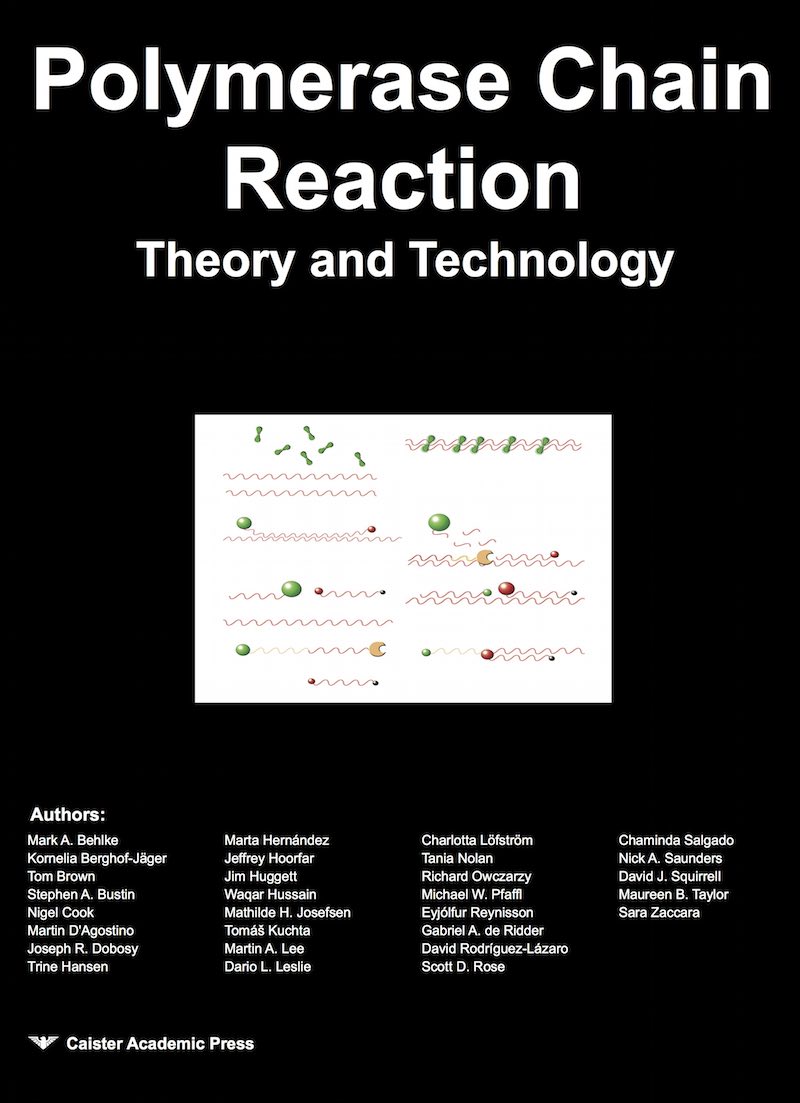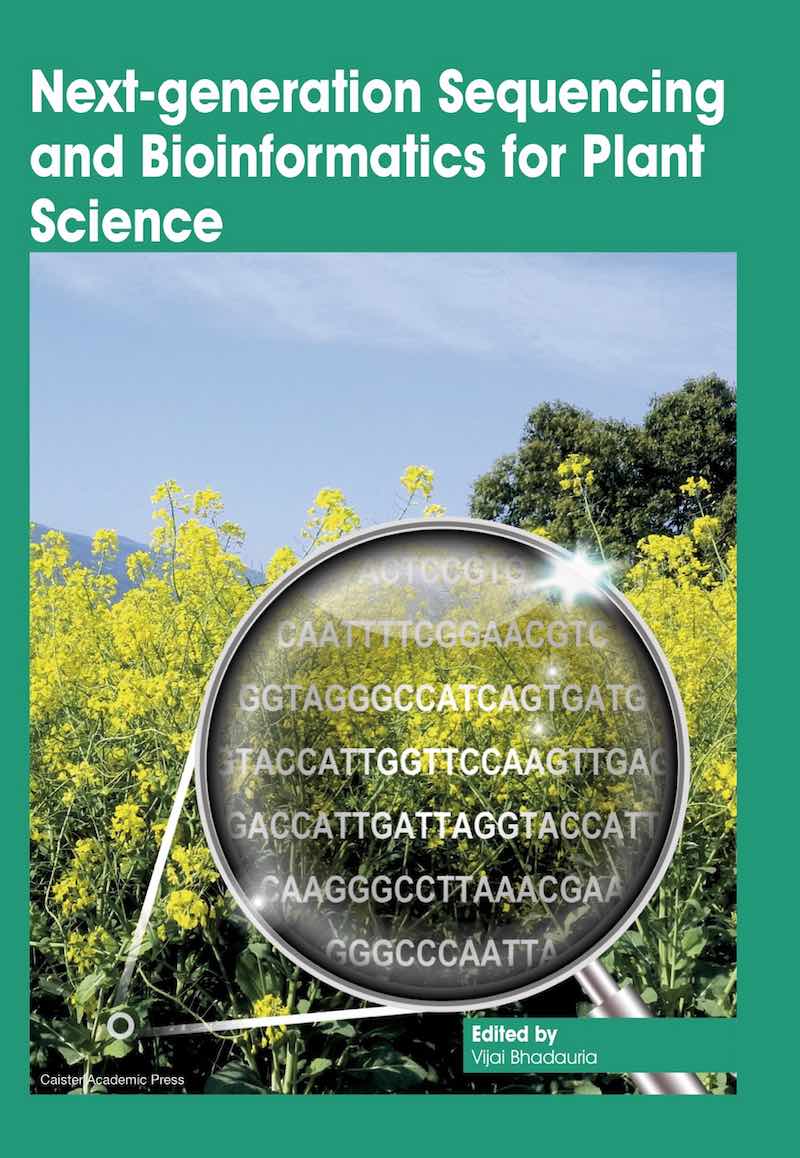PCR Primer Design
Good primer design is vital tool for all PCR and real-time qPCR procedures. Many PCR software programs are available for PCR primer design and other important PCR applications.
In any PCR or real-time qPCR the following criteria should be optimised: buffer composition, cycle conditions, magnesium chloride (MgCl2) concentration, primer concentration, probe concentration and template concentration. Commercial master mixes, which are widely available, simplify the optimisation and are convenient.
Primers should be designed with the aid of appropriate software and attention should be paid to the optimal size of the amplicon produced in the real-time application. Real-time PCR products are usually <500 bp, this may be much smaller than the amplicon size generated on a block-based thermal cycler. The following guidelines should be observed for optimal and accurate primer design:
- The primer 3' ends should be free from secondary structure, repetitive sequences, palindromes and highly degenerate sequences.
- Forward and reverse primers should not have significant complementary sequences.
- The forward and reverse primers should have equal GC contents, ideally between 40-70%.
- The binding sites should not have extensive secondary structure.
Time should also be spent determining the optimal primer concentration and it is best to try a range of final concentrations from 0.1 µM to 0.5 µM for both primers. For some assays the optimal concentration for the two primers will not be the same, for example, to achieve good melting curves it is sometimes necessary to use asymmetric PCR, where a lower concentration of one primer is used, to increase the amount of the strand complementary to the probe. This improves the melting curve because increased amplification of the target strand can reduce the competition between the template strands and template-probe hybridisations. Some manufacturers recommend performing a primer optimisation matrix as outlined in Table 1. The optimal combination is the one that gives the lowest CT value*.
| Table 1 | ||||
| Reverse/Forward | 50nM | 300nM | 500nM | 900nM |
| 50nM | 50/50 | 300/50 | 500/50 | 900/50 |
| 300nM | 50/300 | 300/300 | 500/300 | 900/300 |
| 500nM | 50/500 | 300/500 | 500/500 | 900/500 |
| 900nM | 50/900 | 300/900 | 500/900 | 900/900 |
*Definition of CT value
The CT (cycle threshold) value of a real-time PCR procedure is the number of cycles required for the fluorescent signal to exceed the background level i.e. "cross the threshold". CT values are dependent on various factors including primer design and DNA template concentration. This value is often referred to as crossing point (CP) in LightCycler terminology.
Further reading
- Real-Time PCR: Advanced Technologies and Applications
- Real-Time PCR in Food Science: Current Technology and Applications
- Quantitative Real-time PCR in Applied Microbiology



